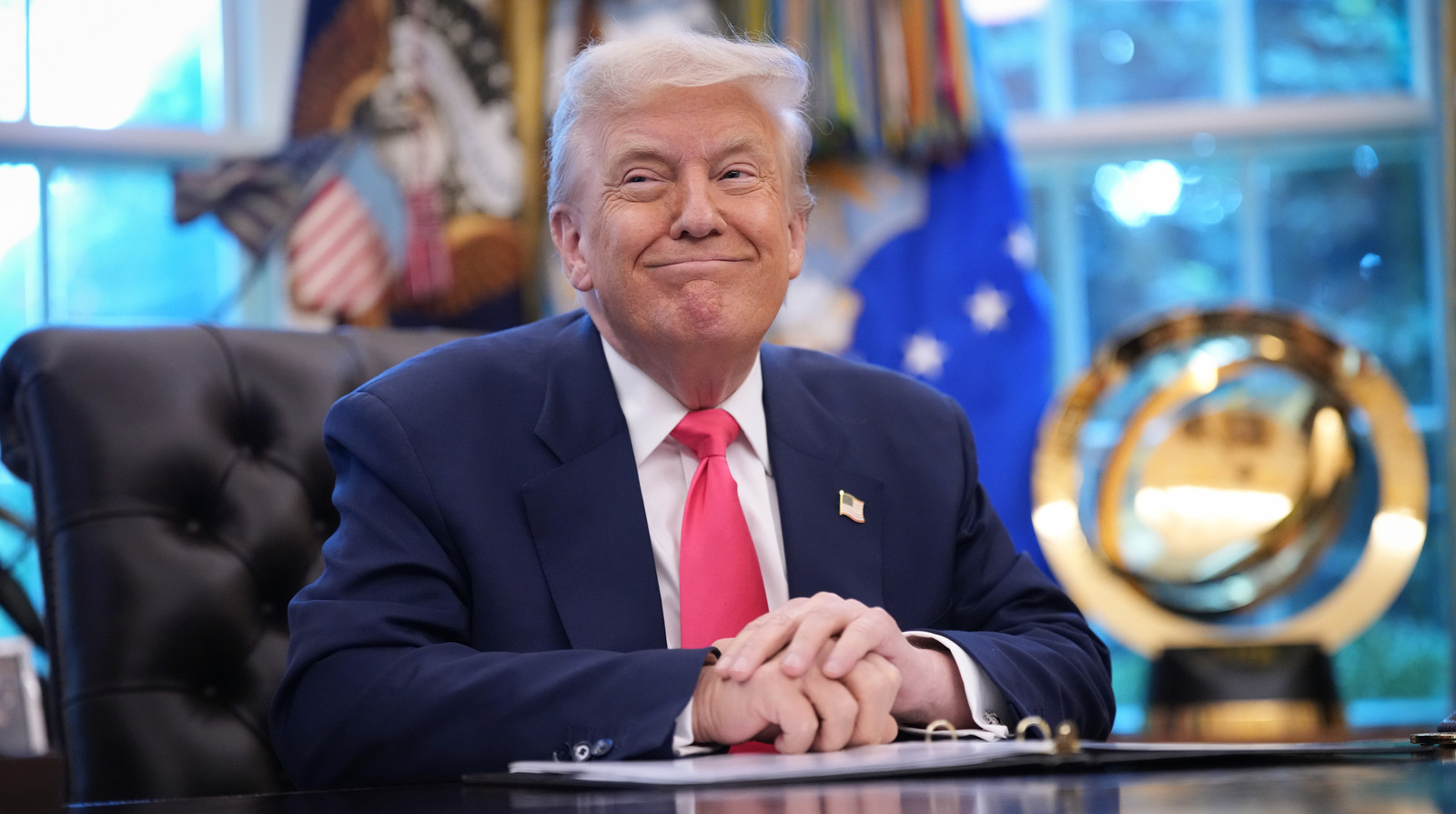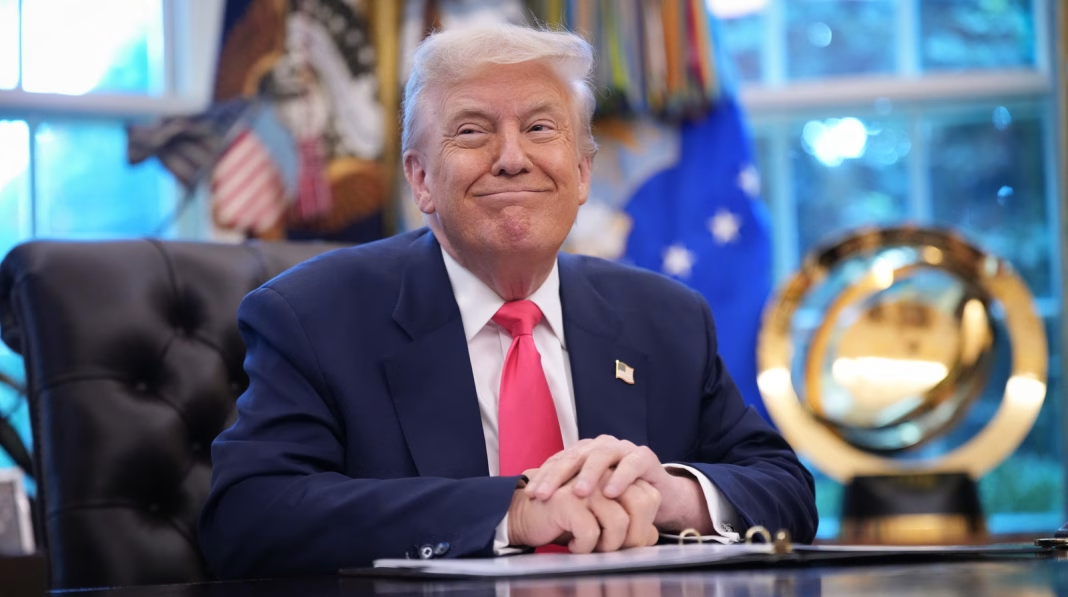Why Are Taxes and Tariffs on Vehicles So Complicated?
Ever tried to make sense of the taxes and tariffs slapped on vehicles and parts? If you have, you know it’s a maze. What starts as a straightforward price tag quickly balloons into a web of fees, surcharges, and government-imposed costs. For many, it feels like you need a law degree just to figure out what you’ll actually pay for a car or motorcycle.
The reason for this complexity? It’s a mix of historical policies, international trade disputes, and efforts to protect domestic industries. Over the years, governments have layered new tariffs on top of old ones, often in response to shifting political winds or economic pressures. For example, the expansion of steel and aluminum tariffs to include motorcycles and other vehicles isn’t just about raw materials—it’s about signaling strength in trade negotiations and sometimes, retaliating against other countries’ policies.
How Do These Tariffs Affect Everyday Buyers and Riders?
Let’s get real: tariffs aren’t just numbers on a government spreadsheet. They hit your wallet. When the cost of steel and aluminum goes up due to tariffs, manufacturers pass those costs along. That means higher sticker prices for cars, motorcycles, and even replacement parts. According to a 2023 report from the Peterson Institute for International Economics, tariffs on auto imports have added an average of $1,200 to the price of a new vehicle in the US since 2018.
It doesn’t stop there. The ripple effect touches insurance rates, financing costs, and even the used vehicle market. If you’re eyeing a new motorcycle, you might find yourself paying more—not because the bike is fancier, but because the frame and components cost more to bring in or produce.
Why Do Governments Keep Adding More Layers to These Policies?
You might wonder, if everyone complains about the complexity, why not just simplify things? The answer is, well, complicated. Each new tariff or tax often serves a specific political or economic goal. Sometimes it’s about protecting local jobs. Other times, it’s a bargaining chip in global trade talks. And occasionally, it’s a reaction to a crisis—like a sudden surge in cheap imports that threaten domestic manufacturers.
But here’s the catch: every time a new rule is added, it rarely replaces an old one. Instead, it piles on, creating a patchwork of overlapping policies. The result? Pure magic—for accountants and customs brokers, at least. For the rest of us, it’s just a headache.
Are There Any Real Benefits to This Convoluted System?
It’s not all doom and gloom. In some cases, tariffs have helped domestic industries stay afloat during tough times. For example, US steel production saw a modest uptick after tariffs were imposed in 2018, according to the US Department of Commerce. That meant more jobs and investment in certain regions.
However, the benefits are rarely spread evenly. While some factories thrive, others struggle with higher input costs. Consumers almost always end up paying more, and small businesses often get squeezed the hardest. The World Trade Organization has repeatedly warned that overly complex tariff systems can stifle innovation and slow economic growth.
What Can Buyers and Businesses Do to Navigate This Mess?
If you’re a buyer, knowledge is power. Before you commit to a purchase, ask dealers for a breakdown of all fees and taxes. Don’t be afraid to shop around or consider alternative models that might be less affected by tariffs. For businesses, staying nimble is key. Some have shifted supply chains or invested in local production to dodge the worst of the tariffs.
It also pays to keep an eye on policy changes. Tariffs can be lifted or adjusted with little notice, so what’s true today might not be true next month. Trade associations and industry groups often provide updates and guidance—worth subscribing to if you’re in the business.
The Big Takeaway
Taxes and tariffs on vehicles aren’t about perfection—they’re about smarter adjustments. Start with one change this week, and you’ll likely spot the difference by month’s end. Whether you’re buying, selling, or just trying to keep your ride on the road, understanding the system—even a little—can save you money and stress in the long run.


